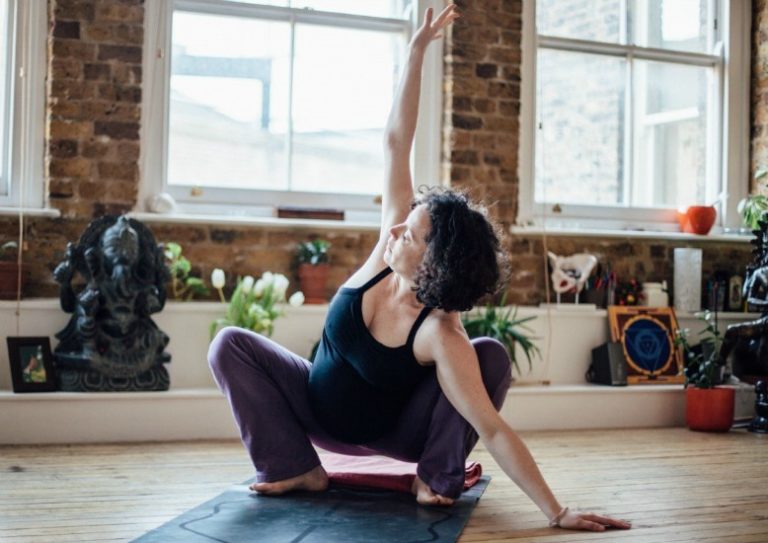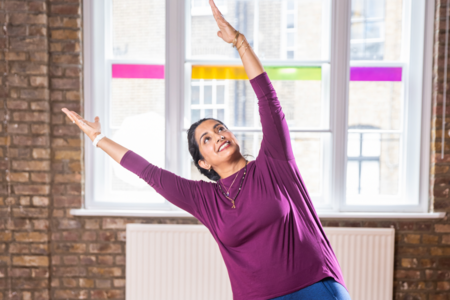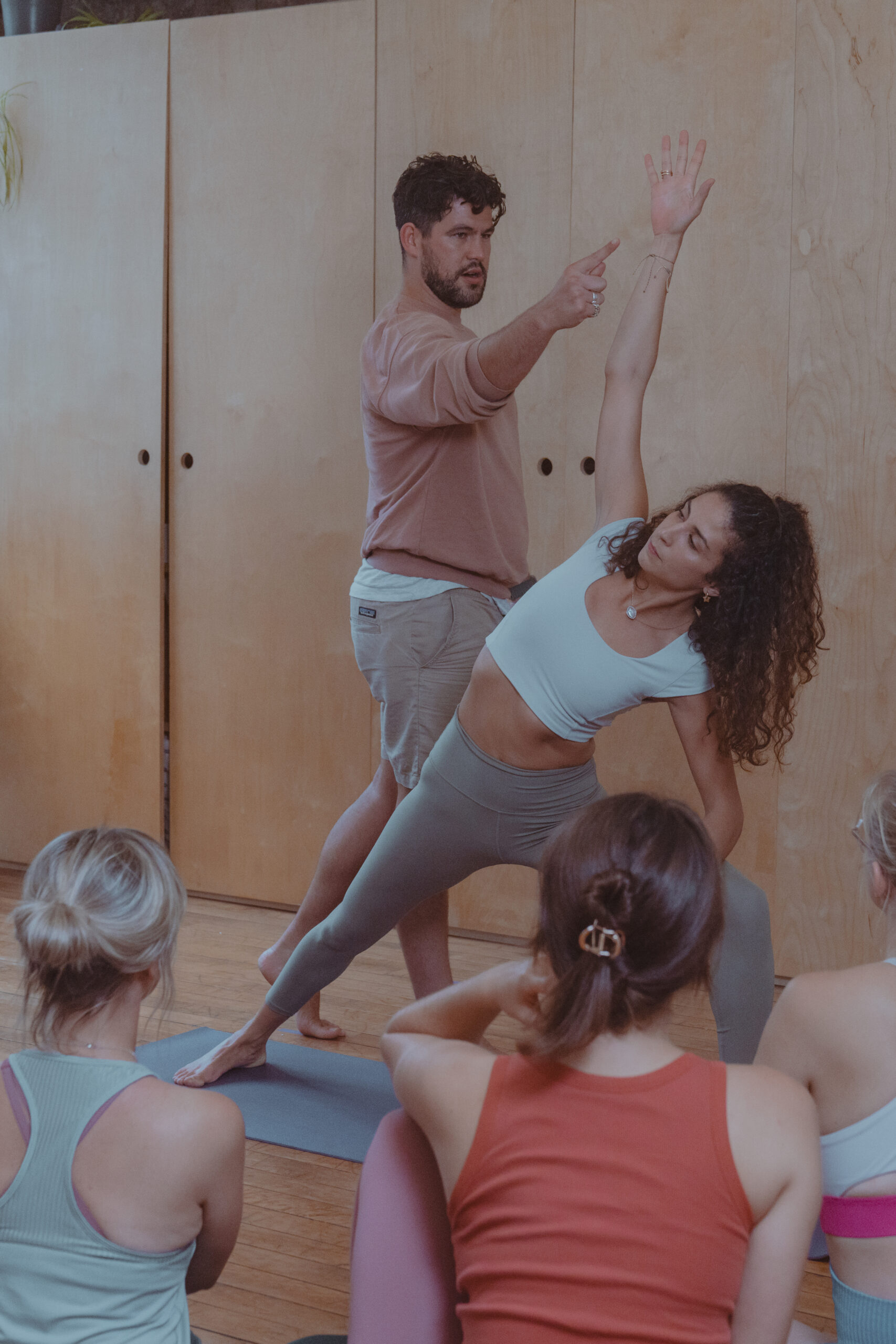Because of the way westerners use their bodies, and furniture, squatting position is incredibly important but also difficult for our bodies. In other parts of the world, squatting is part of people’s daily movement vocabulary. I watched a family in India prepare sweets while squatting in a circle. In much of the world, toilets are holes in the ground, so people would be well practiced squatting to use them.
If you can’t do a deep squat, you might think your hips or ankles are the root cause. This is possible – or the limitation could be caused by a tight pelvic floor.
When healthy, the pelvic floor has strength, tone and flexibility in a full range. When we lose that strength or tone over a full range, we can experience life-altering symptoms such as incontinence, prolapse, frequent urination, pelvic pain and lower back pain.
Why do we need our pelvic floor?
The pelvic floor is a group of muscles responsible for moderating and controlling pelvic movement. The bony landmarks to mark the pelvic floor are the two sitting bones on the sides, the coccyx in back and the pubic symphysis in front. If you touch these four points, you will be higher and more internal to the body than your genitals. There are specific muscles that control and support the genitals, as well as sphincters which control elimination, but they are not exactly what we are talking about.
Pelvic floor movement
The pelvic floor is shortened when those four points are close to each other: standing on tip toes or jumping. The wider position, when those four points are away from each other, happens when we flex at the hip joint, most commonly from bending the knees in a standing position, like landing a jump. Poses that take us into that wider position (symmetrically) are utkatasana, horse or goddess, happy baby pose and malasana. Malasana is a very lengthened position and because gravity is pulling down on the body, it requires good tone as well.
Malasana
The pelvic floor needs tone to hold the organs in the body. It also needs flexibility to allow movement. Malasana is near the end of the range of movement of the pelvic floor for most people. So it is a pose that requires length of the pelvic floor and can show you excessive tightness or limited range.
How to build up to malasana
Warm up the hip joints circling the legs, either sitting or laying down.
- Feel the pelvic floor widening in movement. Pull a chair away from a table and then stand on the side of the chair (one hand on the table, one hand on the back of the chair, with the chair seat behind your legs). Practise slowly sitting down, with awareness. Use table and chair for support if your legs can’t control the movement. As your bottom reaches back towards the chair, you might sense the tailbone moving backwards in space and backwards relative to the pubic bone. This is a bit like sliding a tripod open.
- Take this awareness into utkatasana. As you go into utkatasana, reach your bum backwards. Sitting bones widen. Let the tailbone widen to the back, as described above, and DO NOT tuck.
- Horse stance/goddess pose. Stand with your feet wide apart, heels towards each other and toes pointed out to the sides. Their angle is determined by your hip rotation, usually between 45-60 degrees to the side. Touch your sitting bones in the bum to bring more awareness to them. Then bend your knees and feel or even say out loud, “sitting bones wide”. As you come up, say or feel “sitting bones narrow”. As you get stronger, move your feet apart, so you go deeper.
- Support the squat. Some options, supporting heels (add a rolled-up blanket / blocks under your heels), or the back (lean against a wall). To build up strength in the feet, work with a partner or hold onto something very stable as you lower down. Or sit on something low, a child’s chair, low step, block (or two), keeping your feet flat on the floor.
- Full malasana. Squatting positions don’t need to be super exact or done the same every time. A good guideline is heels under shoulders and the angle of your feet around 45 degrees to the side. Eventually, try with your feet parallel. Reach your bum back in space as you lower and go down as far as possible. You can stay here for a few breaths, or a few minutes, depending on your strength, flexibility and goals. Breathe steadily.










